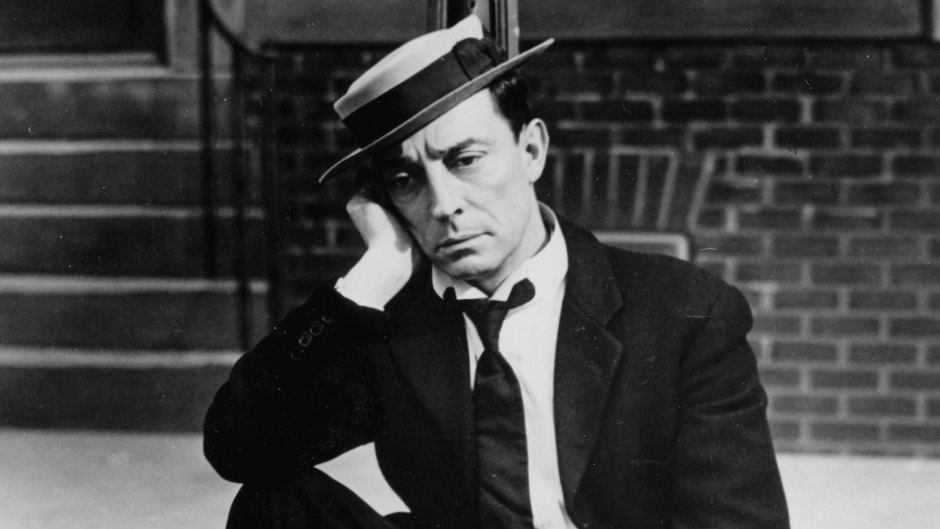
Kobal/Shutterstock
Buster Keaton: How Finding True Love in His Happy 3rd Marriage Saved Film Icon’s Life and Career
The General premiered on Jan. 22 , 1927, with high hopes. Buster Keaton’s ambitious comedy adventure was a labor of love — and a dangerous one, as much of the action took place on a moving train. “He famously never used a stuntman,” says James Curtis, author of Buster Keaton: A Filmmaker’s Life. “His reasoning was that stuntmen didn’t know how to be funny.”
Buster, who was born Joseph Keaton in 1895, learned how to be funny before he learned to read. As a child performer in vaudeville, where his family toured with illusionist Harry Houdini, he discovered that a deadpan expression earned the most laughter, no matter what chaos was going on around him. “The audience was invited to imagine what was going through his mind,” Curtis explains to Closer of Buster’s famous “stone-faced” look.
But despite his many talents, The General, a comedy set during the Civil War, failed to connect with an audience, and its hefty price tag caused Buster to lose his ability to make films independently. The following year, he signed with MGM Studios, a move he would soon regret. “MGM was a big factory, and he had to adhere to schedules and budgets,” Curtis says. “He started drinking more, especially when he realized he’d lost control over his career and his wife was preparing to leave him.”
Truthfully, Buster and his first wife, Natalie Talmadge, the mother of his two sons, had always been ill suited. “He embarrassed her,” Curtis explains. “She felt he wasn’t cut out for family life.” They divorced in 1932 after 11 years together.
Set loose, Buster’s drinking became so bad that it threatened his life. “He was fired at MGM in 1933 and hit rock bottom in 1935. He actually ended up in a hospital in a straitjacket,” says Curtis, who notes that Buster’s second wife, Mae Scriven, whom he wed in 1933, took advantage of him. “She wanted to be married to a Hollywood star,” Curtis says. “Even though he was on the ropes, he was a known name.”
Buster was divorced again by 1939 when he met Eleanor Norris, a dancer 23 years his junior. By then, he was working as a gag writer for the Marx Brothers but still struggling with alcoholism. Eleanor thought he was worth saving. “She admired his talent, was supportive and understood that he needed structure,” Curtis says. They wed in 1940, and with Eleanor’s help, Buster learned to limit himself to only two beers before dinner every evening for the rest of his life.
During their 26-year marriage, the couple toured Europe, appeared together on TV’s The Buster Keaton Show and more. By the time Buster died of lung cancer in 1966, Eleanor had rebuilt his career and salvaged his legacy. Even Buster’s failed film, The General, belatedly found an audience and won a spot in the Library of Congress in 1989. “His legacy is some of the greatest comedy films of all time,” Curtis says. “He’s probably more popular today than he was at any time in his life.”







































